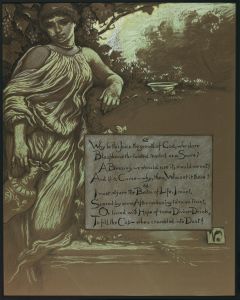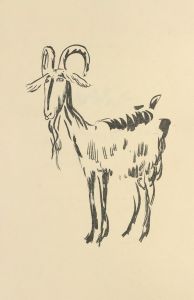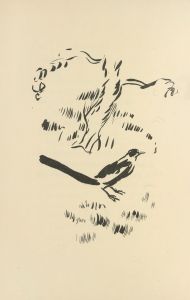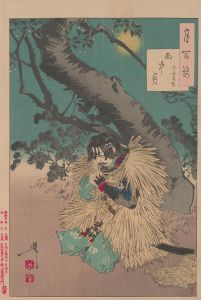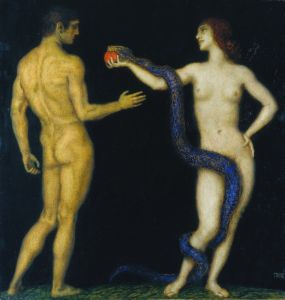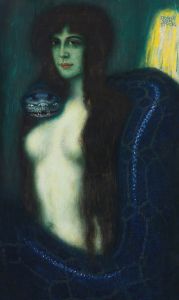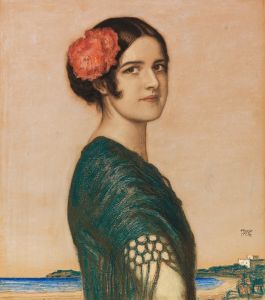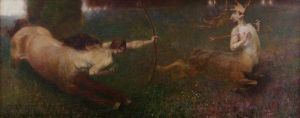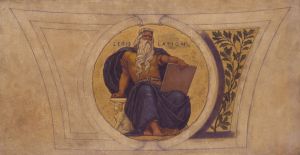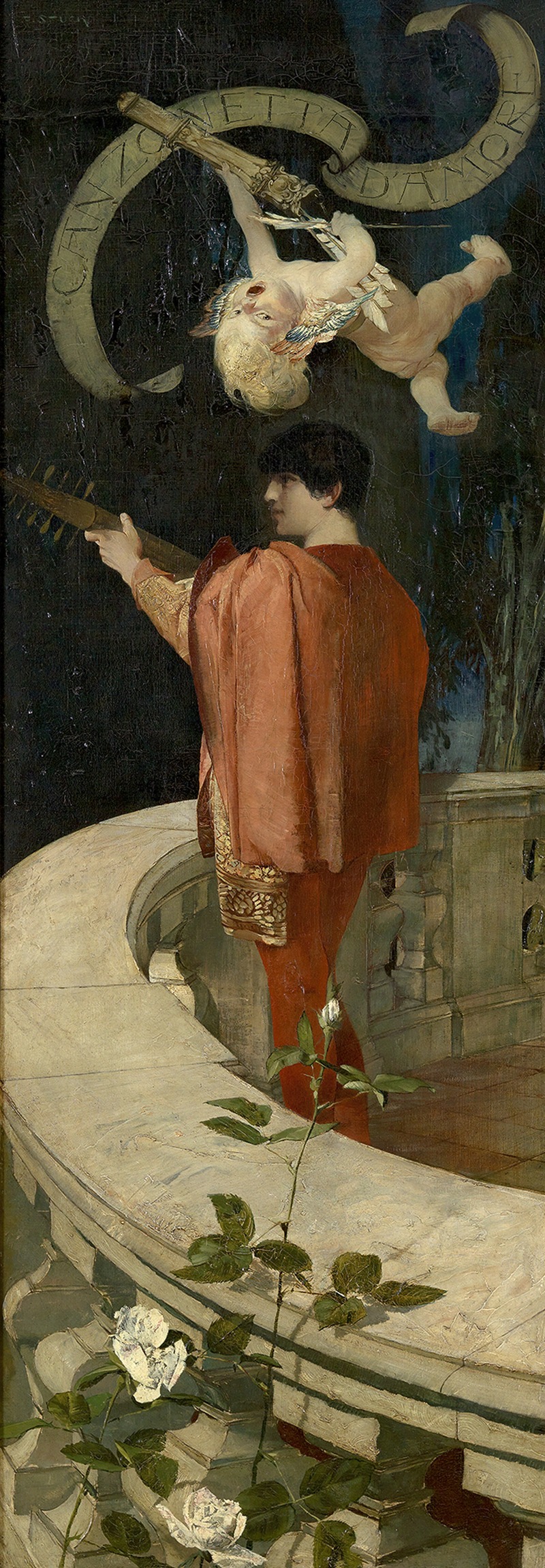
Canzonetta d’amore
A hand-painted replica of Franz von Stuck’s masterpiece Canzonetta d’amore, meticulously crafted by professional artists to capture the true essence of the original. Each piece is created with museum-quality canvas and rare mineral pigments, carefully painted by experienced artists with delicate brushstrokes and rich, layered colors to perfectly recreate the texture of the original artwork. Unlike machine-printed reproductions, this hand-painted version brings the painting to life, infused with the artist’s emotions and skill in every stroke. Whether for personal collection or home decoration, it instantly elevates the artistic atmosphere of any space.
Franz von Stuck was a prominent German painter, sculptor, and architect, known for his contributions to the Symbolist movement in the late 19th and early 20th centuries. Born on February 23, 1863, in Tettenweis, Bavaria, Stuck became a key figure in the Munich Secession, an association of artists who sought to break away from the traditional academic art styles of the time. His work often explored themes of mythology, allegory, and the human condition, characterized by a distinctive use of color and form.
One of Stuck's notable works is "Canzonetta d’amore," a painting that exemplifies his Symbolist style. While specific details about this painting are limited, it is known that Stuck's oeuvre frequently depicted mythological and allegorical subjects, often with a focus on the interplay between light and shadow, as well as a fascination with the human figure. His paintings are recognized for their dramatic compositions and emotional depth, often evoking a sense of mystery and introspection.
Stuck's artistic education began at the Munich Academy of Fine Arts, where he honed his skills and developed his unique style. He gained recognition early in his career, winning several awards and establishing himself as a leading figure in the Munich art scene. In 1892, he co-founded the Munich Secession, which aimed to promote modern art and provide a platform for artists who were challenging the conservative norms of the art establishment.
Throughout his career, Stuck was influenced by various artistic movements, including Symbolism and Art Nouveau. His work often incorporated elements of these styles, characterized by intricate details, flowing lines, and a focus on the symbolic representation of ideas and emotions. Stuck's paintings frequently featured mythological themes, drawing inspiration from classical mythology and literature to explore timeless human experiences and emotions.
In addition to his work as a painter, Stuck was also an accomplished sculptor and architect. He designed his own residence, the Villa Stuck, in Munich, which served as both his home and studio. The villa, now a museum, is a testament to Stuck's artistic vision, showcasing his paintings, sculptures, and architectural designs. It remains a significant cultural landmark, reflecting the artist's multifaceted talents and his contributions to the art world.
Stuck's influence extended beyond his own work, as he also played a significant role in shaping the next generation of artists. As a professor at the Munich Academy of Fine Arts, he taught and mentored numerous students, including notable figures such as Paul Klee and Wassily Kandinsky. His emphasis on creativity and innovation left a lasting impact on his students and the broader art community.
Franz von Stuck passed away on August 30, 1928, in Munich, leaving behind a rich legacy of art that continues to be celebrated and studied. His work, including "Canzonetta d’amore," remains an important part of the Symbolist movement, reflecting the complexities of human emotion and the enduring power of mythological and allegorical themes.





